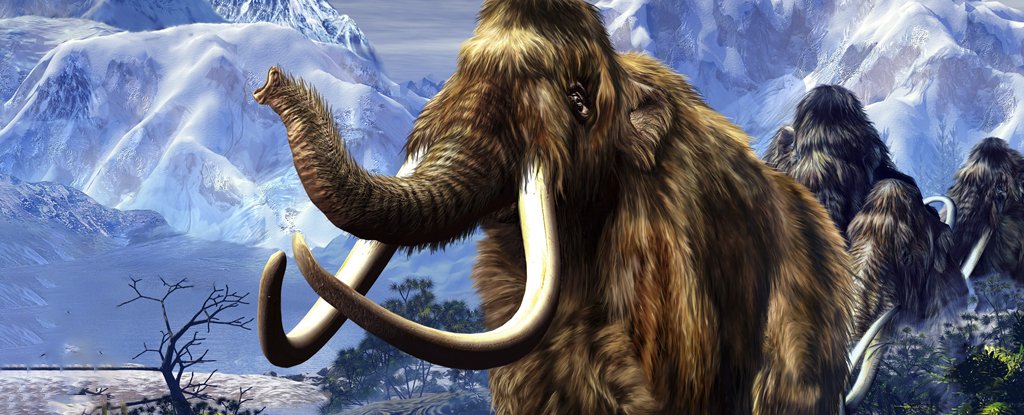Products You May Like
It is the elephant in the genomics room: can extinct species be resurrected? One bioscience firm insists they can, announcing Monday its intent to use emerging technology to restore the woolly mammoth to the Arctic tundra.
New company Colossal, capitalizing on a partnership with a Harvard geneticist, said its species “de-extinction” effort has the potential to anchor a working model for restoring damaged or lost ecosystems and thereby help slow or even halt the effects of climate change.
“Never before has humanity been able to harness the power of this technology to rebuild ecosystems, heal our Earth and preserve its future through the repopulation of extinct animals,” Colossal chief executive and co-founder Ben Lamm, an emerging technology entrepreneur, said in a statement.
“In addition to bringing back ancient extinct species like the woolly mammoth, we will be able to leverage our technologies to help preserve critically endangered species that are on the verge of extinction and restore animals where humankind had a hand in their demise.”
Climate change can be tied back to human activity, so it is our duty to restore Earth to a healthier state. It begins with a new wave of disruptive conservationism and restorative biology. #ItIsColossal pic.twitter.com/fQdfNgUKQI
— Colossal (@ItIsColossal) September 13, 2021
Woolly mammoths roamed much of the Arctic, and co-existed with early humans who hunted the cold-resistant herbivores for food and used its tusks and bones as tools.
The animals died out about 4,000 years ago. For decades, scientists have been recovering bits and pieces of mammoth tusks, bones, teeth, and hair to extract and try to sequence the mammoth’s DNA.
Colossal says it aims to insert DNA sequences of woolly mammoths, collected from well-preserved remains in the permafrost and frozen steppes, into the genome of Asian elephants, to create an “elephant-mammoth hybrid”.
Asian elephants and woolly mammoths share a 99.6 percent similar DNA makeup, Colossal says on its website.
Company co-founder George Church is a renowned geneticist and professor of genetics at Harvard Medical School, who is using pioneering techniques, including CRISPR technology, to advance species de-extinction.
“Technologies discovered in pursuit of this grand vision – a living, walking proxy of a woolly mammoth – could create very significant opportunities in conservation and beyond,” Church said in the statement.
The woolly mammoth’s vast migration patterns were seen as critical to preserving the Arctic region’s environmental health.
Colossal says restoring the beasts has the potential to revitalize the Arctic grasslands, a vast region with major climate change-combatting properties, such as carbon sequestering and methane suppression.
Colossal is funded in part through a US$15 million seed round from investors and says its advisors include leaders in bioethics and genomics.
